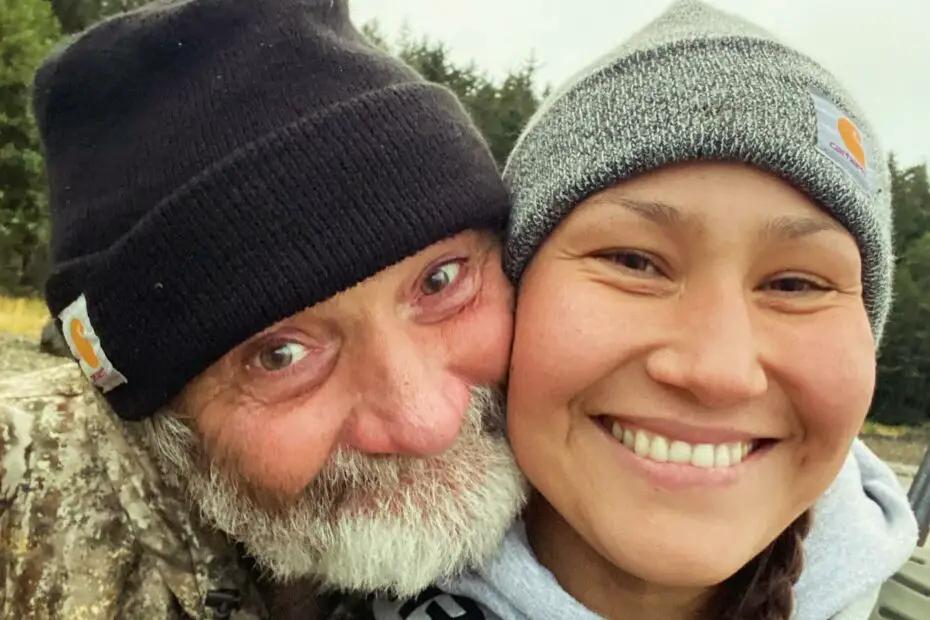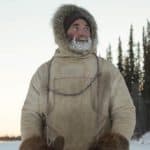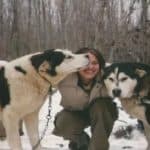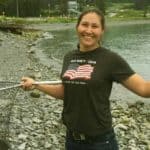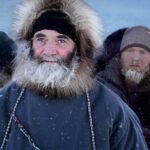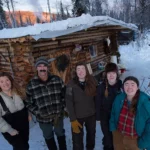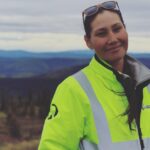As an avid outdoors enthusiast and aspiring fur trapper with a deep-seated yearning for the untamed wilderness of Alaska, “The Last Alaskans” swiftly carved out a special place in my heart. Despite my general disinterest in television, I eagerly acquired each episode and found myself captivated, watching them repeatedly. The series offers a poignant glimpse into the lives of a select few families who have embraced an extraordinary lifestyle, far removed from civilization’s comforts – no roads, no electricity, just the raw elements of nature. Nestled within the Arctic National Wildlife Refuge of northern Alaska, they subsist by chopping wood for warmth, hunting and fishing for sustenance, and trapping fur-bearing animals for meager earnings. Their existence is devoid of modern distractions and societal obligations, a romanticized ideal that many admire from afar but few are willing to pursue with such fervor.
However, even for those drawn to the allure of remote Alaskan living, access to such pristine solitude may prove elusive. Portions of the refuge, including the area where much of the show was filmed, have since been designated off-limits to human habitation, with only a handful of families grandfathered into this unique arrangement.
Spanning four seasons from 2015 to 2018, “The Last Alaskans” garnered widespread acclaim for its departure from typical reality television fare.
Its unassuming, unscripted approach, coupled with a focus on genuine human experiences set against breathtaking landscapes, distinguished it from the mainstream. Yet, the logistical challenges and exorbitant costs associated with filming in such remote locales eventually led to the show’s cancellation following its fourth season, despite its popularity.
Heimo and Edna Korth epitomize the essence of living off the grid. Their unwavering commitment to the remote lifestyle spans over four decades, situated more than 200 miles away from the nearest town, deep in the wilderness north of the Arctic Circle. Amidst the rugged terrain surrounding the Coleen River, they’ve nurtured a family, relying predominantly on the resources of the land and the proceeds from their winter fur trapping endeavors.
Heimo’s journey began in Wisconsin, but his longing for a life untethered from urban trappings led him to Alaska as a young man. For years, he inhabited the wilderness in solitude, often without encountering another human soul for extended stretches.
It was during this solitary existence that he crossed paths with Edna, an Eskimo from the village of Savoonga on St. Lawrence Island. Immersed in the villagers’ traditional subsistence lifestyle, their paths intertwined, leading to a partnership grounded in shared values of self-sufficiency and resilience.
The Korth family’s routine involved periodic retreats from the bush to the village of Fort Yukon on the Yukon River. There, they toiled for wages and gathered provisions before returning to their secluded abode for the majority of the year.
Despite the tranquility of their existence, tragedy struck when their daughter Coleen met a premature end, drowning in the river at the tender age of two. Their surviving daughters, now adults, have chosen a more urban lifestyle, residing in town.
While Heimo and Edna still partake in the annual ritual of returning to the trapline each fall, they increasingly find themselves drawn to the bustle of Fairbanks, where they can remain close to their grandchildren.
Heimo’s remarkable story has been immortalized in “The Final Frontiersman,” a book that serves as a testament to his rugged lifestyle and likely inspired the creation of “The Last Alaskans.”
In 1992, a younger Heimo Korth and his family featured prominently in National Geographic’s “Braving Alaska,” a PBS documentary.
The program shed light on various bush residents, including Susan Hayden, who, like Heimo, was raised amidst the remote wilderness around Arctic Village. Susan later made cameo appearances on “The Last Alaskans” while revisiting her family’s ancestral cabin.
Vice Magazine delved deeper into Heimo’s narrative with a documentary in 2009, offering a compelling visual journey that can still be found on YouTube, further showcasing the allure and challenges of life in the Alaskan wilderness.
Why The Last Alaskans was cancelled
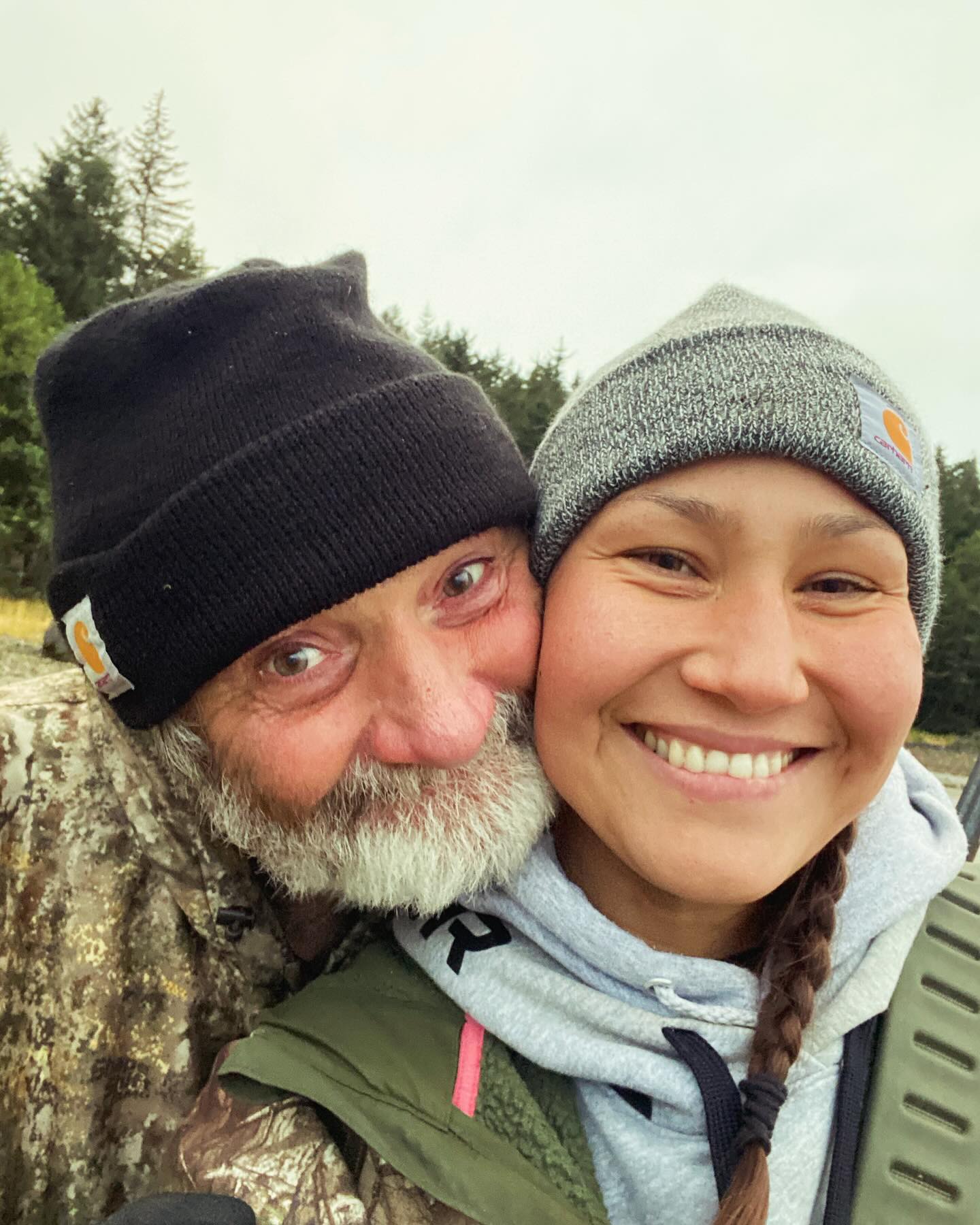
Krin Nelson, daughter of The Last Alaskans cast Heimo and Edna Korth, has been actively engaged on social media, even running her own YouTube channel.
Fans who yearned for glimpses of their beloved characters on TV have shifted their attention to following Krin on various social platforms. Recently, a curious fan inquired about the possibility of the show’s return on one of Krin’s posts.
In response, Krin candidly shared that the likelihood of the show making a comeback is close to zero, considering it has been off the air for almost half a decade.
When pressed further about the reasons behind the show’s demise, Krin disclosed that, while they never received an official letter from the network, rumors have circulated regarding disagreements between the show’s producer and Discovery Channel, the network that aired The Last Alaskans.
Financial considerations likely played a significant role in the show’s abrupt end. Filming in the remote wilderness of Alaska undoubtedly incurred substantial production costs.
From logistics to equipment and personnel, the expenses associated with capturing the rugged beauty and daily lives of the Last Alaskans would have been considerable.
If Discovery Channel felt that the financial investment required to sustain the show outweighed its potential returns in terms of viewership and advertising revenue, they may have decided to pull the plug.
Though the exact nature of the disagreements remains speculative, it’s plausible that clashes over budgetary constraints and financial sustainability led to strained relations between the producer and the network.
Without official confirmation, these rumors serve as reminders of the complexities inherent in producing and broadcasting niche reality television series, even ones as beloved as The Last Alaskans.
